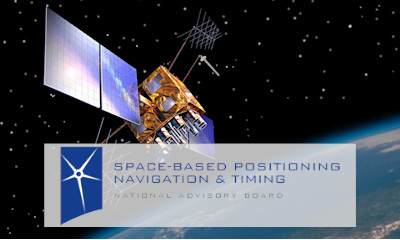Image: Shutterstock
What’s New: Several items in the news and recent briefings about efforts that will make PNT incrementally more resilient, but are only part of managing the problem.
Why It’s Important:
- Everyone wants to solve problems. But most problems, especially big ones like over-dependence on GPS/GNSS for PNT, can’t be solved, at least in the short to medium term. But they can (and must) be managed.
- The U.S. President’s National Space-based PNT Advisory Board recently identified the root cause of America’s being behind and in danger from over-reliance on GPS as a lack of senior leader attention and support for day to day management of the nation’s PNT capability.
- Good folks are trying to do the right thing, like Space Force’s R-GPS project, but we are sure they all feel like they have to stay in their lane. For example, Many Space Force leaders likely know that the best way to “get the bullseye off GPS” is by establishing a domestic terrestrial complement to make satellites and signals much less attractive targets. BUT – their remit is in space, and they are in the Department of Defense, so not “domestic.”
What Else to Know: Ensuring national resilient PNT is a complex and difficult effort for several reasons. These include:
- The installed base. There are so many GPS receivers out there right now, many in critical infrastructure and applications, it can seem overwhelming and hard to know where to start. – We will likely write about possible ways to begin dealing with the installed base soon.
- It must be a multi-disciplinary, whole-of-government, and holistic effort. There is no national coordination and integrating function in the U.S. Several groups at the Executive Office of the President might be good candidates for this, as could be several departments/agencies. But none have stepped forward or been designated and empowered.
- It will take a long time to get where we need to be. New systems can be built relatively quickly, but having them adopted as broadly as possible will take years. Maybe decades. Most folks are impatient and want to solve problems quickly. In government this can mean within the handful of years they will be filling a position. It took us 50+ years to get where we are with GPS. It might not take us quite that long to greatly improve national PNT resilience in the U.S. but it will take a while. And the longer we take to get started… We must plant trees in the shade of which many of us will not sit.

OSNMA: Necessary But Not Sufficient for GNSS Security
A look at the performance of the Galileo E1-B Open Service Navigation Message Authentication (OSNMA) in various scenarios, elucidating its logic and workflow and shedding light on its functionality and intended purpose.
ALI PIRSIAVASH, ALI BROUMANDAN AND SANDY KENNEDY HEXAGON’S AUTONOMY & POSITIONING DIVISION

GPS High Accuracy and Robustness Service (HARS)
National Space-based PNT Advisory Board

Space Force picks four firms to design ‘Resilient GPS’ satellites
The Space Force announced this week the four companies that will compete to build its first batch of Resilient GPS satellites, aimed at ensuring military and civilian users have access to reliable positioning, navigation and timing signals.
The service’s acquisition arm, Space Systems Command, chose L3Harris, Astranis, Axient and Sierra Space to create design concepts for the program. From that pool, it will select a subset to finalize their designs and build prototypes and then will pick one or more firms to build the first eight satellites. Command officials wants those spacecraft to be ready to launch by 2028.


